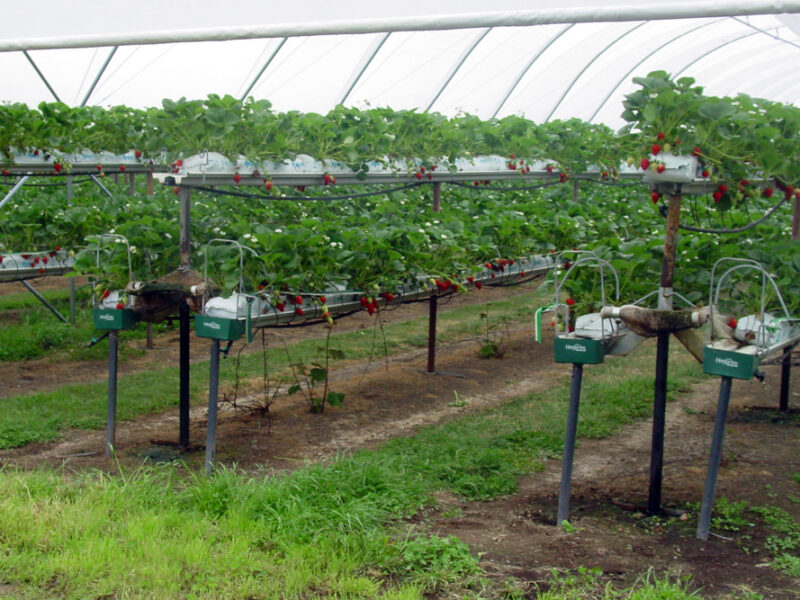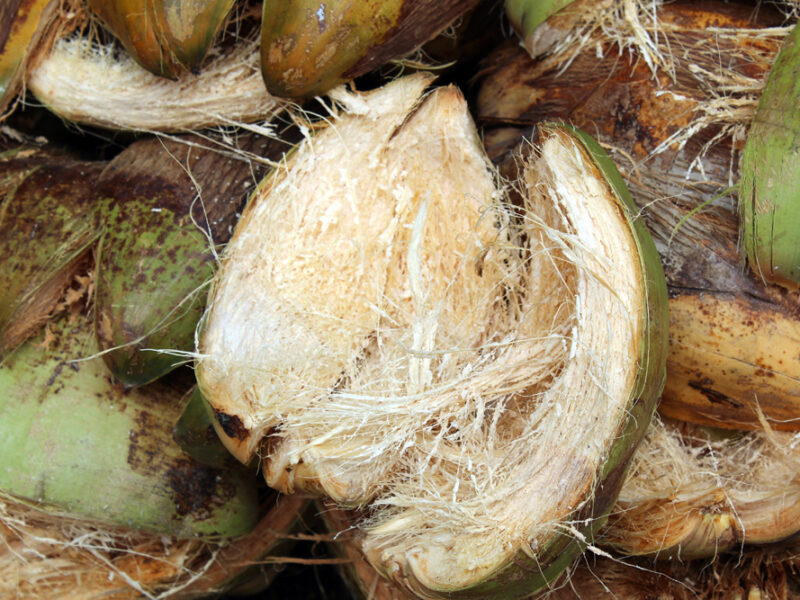Natural soil consists of various valuable characteristics. However, availability of a natural soil with an ideal moisture holding and aeration capacity required for healthy plant growth is infrequent. Consequently, greenhouse crop producers in the nineteenth century developed a diverse range of growing mediums whilst each grower safe guarded their own medium in the form of tacit knowledge. Information deficiency related to plant’s nutritional needs caused majority of the formulations to be relied on soil, organic matter (leaf mould), sand (for drainage), and of decomposed organic manure.
Institute in the United Kingdom developed a standard set of formulations that were effective for a wide variety of greenhouse crops. This was essentially a sterile mixture of fibrous loam, peat, and sand, along with some basic fertilizer. Simultaneously, the UC system in California (USA) developed a soilless formulation.
In the 1960s, Dr. Alan Cooper, a scientist based in England developed the Nutrient Film Technique (NFT), a hydroponic system for growing a wide variety of greenhouse crops, while around the same time, Grodan in the Netherlands was developing a hydroponic system based on the use of rockwool. Glass wool was created by melting granitic rock, spinning it out like candy floss, adding a wetting agent, and moulding it into slabs.
Hydroponics was initially developed to allow crops (vegetables) to be grown in arid environments (desert islands like Wake Island and Aruba) or in countries where the soil may have received human manure. These early projects used gravel or granite rocks as a substrate, whilst granitic rock is still being used in countries such as Armenia and Mexico.
For a multitude of reasons, coir derived from coconut has emerged as the most important organic hydroponic growing media in recent years. In the perspective of the environment, peat is now considered to be at risk due to overuse. Coir on the contrary is widely available throughout the tropics where coconuts are grown and it could be easily dried whilst compressing its normal volume to an approximate rate of 20%. This result in significant freight costs reduction compared to other growing mediums. Coir provides an extensive value at pre and after use, through soil improvement in the field allowing to be used even in multiple times in hydroponic situations.

Coir was deficiently used in horticulture until the 1980s when it was discovered that it could be a successful alternative growing media to peat. Despite the similarity in behaviours, a narrow distinction between dry peat and dry coir remain, where the dry peat is hydrophilic and thus attracts water whilst the dry coir is hydrophobic and hence repellent to water.
The main argument against coco peat was that husks had been soaked in brackish water to strengthen the fiber, posing a risk of excessive sodium in the coir dust. However, this argument was underpinned as the coco peat used initially derived from a relatively old heaps of coir which were well leached by rain thus sodium content was inevitable. However, the concern diminished as the fresher heaps of coir that had not been leached was used for processing.
Initially the commercial value for coir fibers derived by using it for pillow or mattresses as a filling or used as a material for making rope. The finer coco peat was considered to be a waste product and hence dumped in “polluting” heaps.
At the inception coir was predominantly obtained as finer particles by removing the fibre exquisitely used for stuffing mattresses and making rope. However, the current trend is to incorporate more fibre into the mix by producing a combination of coir peat (some of the smaller particles) combined with coir chips, which is made by chipping the coconut husk rather than shredding it to obtain coir chips.
Coir manufacturers are now sieving out very small particles with diameters less than 4mm and producing coir with a variety of different aeration characteristics for a variety of purposes.
Gerberas, for example, are considered to require excellent root aeration. A modern solution is to use a gerbera disc, which is a compressed, high aeration coir disk that is placed in the pot and expands enough to fill the pot when water is added. Similar coir disk could be effectively used for berry fruit and possibly fruit trees in the future.





Have you ever considered about adding a little bit more than just your articles? I mean, what you say is fundamental and everything. However imagine if you added some great visuals or video clips to give your posts more, “pop”! Your content is excellent but with pics and video clips, this website could definitely be one of the best in its field. Terrific blog!
Hello there, just became alert to your blog thru Google, and located that it is truly informative. I抦 gonna watch out for brussels. I will appreciate in the event you proceed this in future. Many folks will be benefited out of your writing. Cheers!